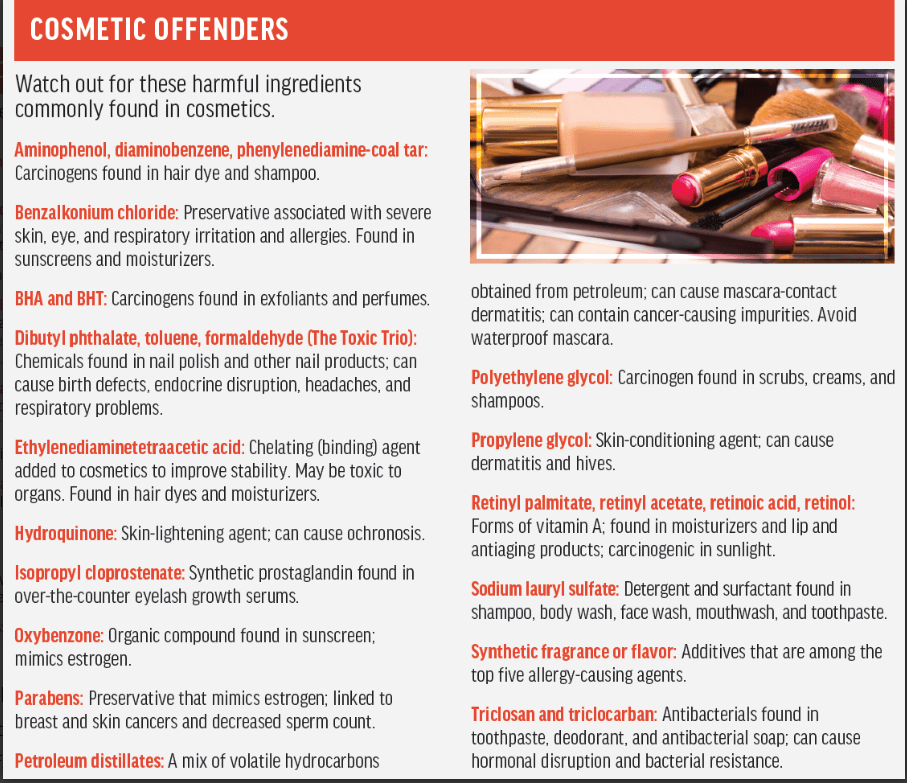Digital Retinal Imaging allows your eye doctor to evaluate the health of the back of your eye, the retina. It is used to detect diseases, such as, Diabetes and Macular Degeneration. It is critical to confirm the health of the retina, optic nerve and other retinal structures.
Many eye diseases, if detected at an early stage, can be treated successfully without total loss of vision. Your Retinal Images will be stored electronically. This gives the Doctor a permanent record of the condition and state of your retina. This is very important in assisting the Doctor to detect and measure any changes to your retina each time you get your eyes examined, as many eye conditions, such as Glaucoma are diagnosed by detecting changes over time.
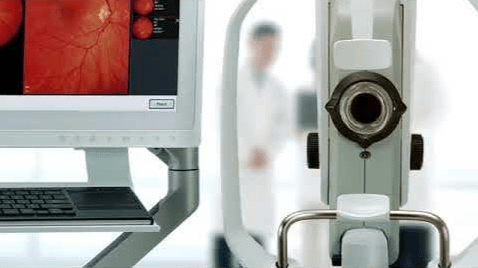
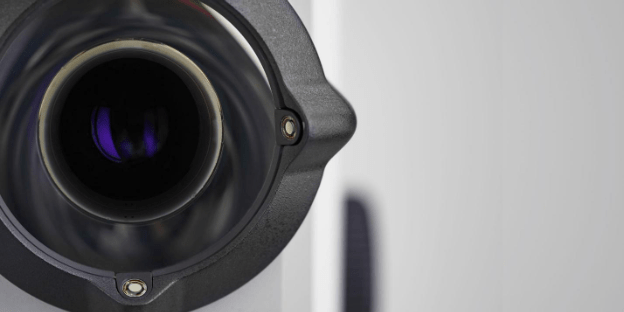
A scanning laser ophthalmoscope that provides our doctor with valuable microscopic imagery of your retina. We use this technology to diagnose and treat numerous eye diseases, including glaucoma, macular degeneration, and diabetic retinopathy.
The MATRIX Visual Field Analyzer helps the doctor assess your optic nerve and brain function. It is useful in the early diagnosis and treatment of numerous problems including glaucoma, tumors, stroke, diabetic or high blood pressure problems, retinal holes or detachments, and macular degeneration.
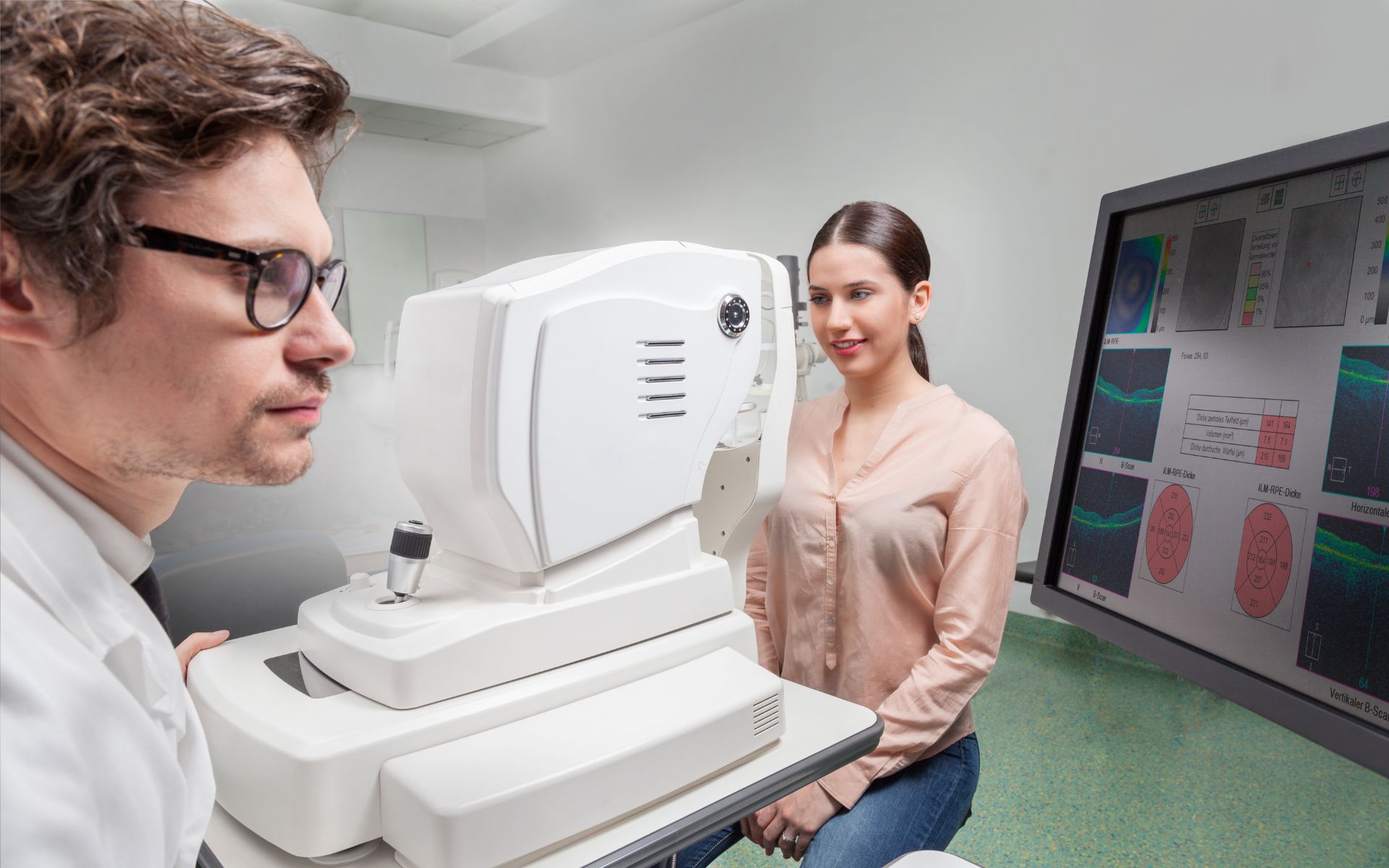
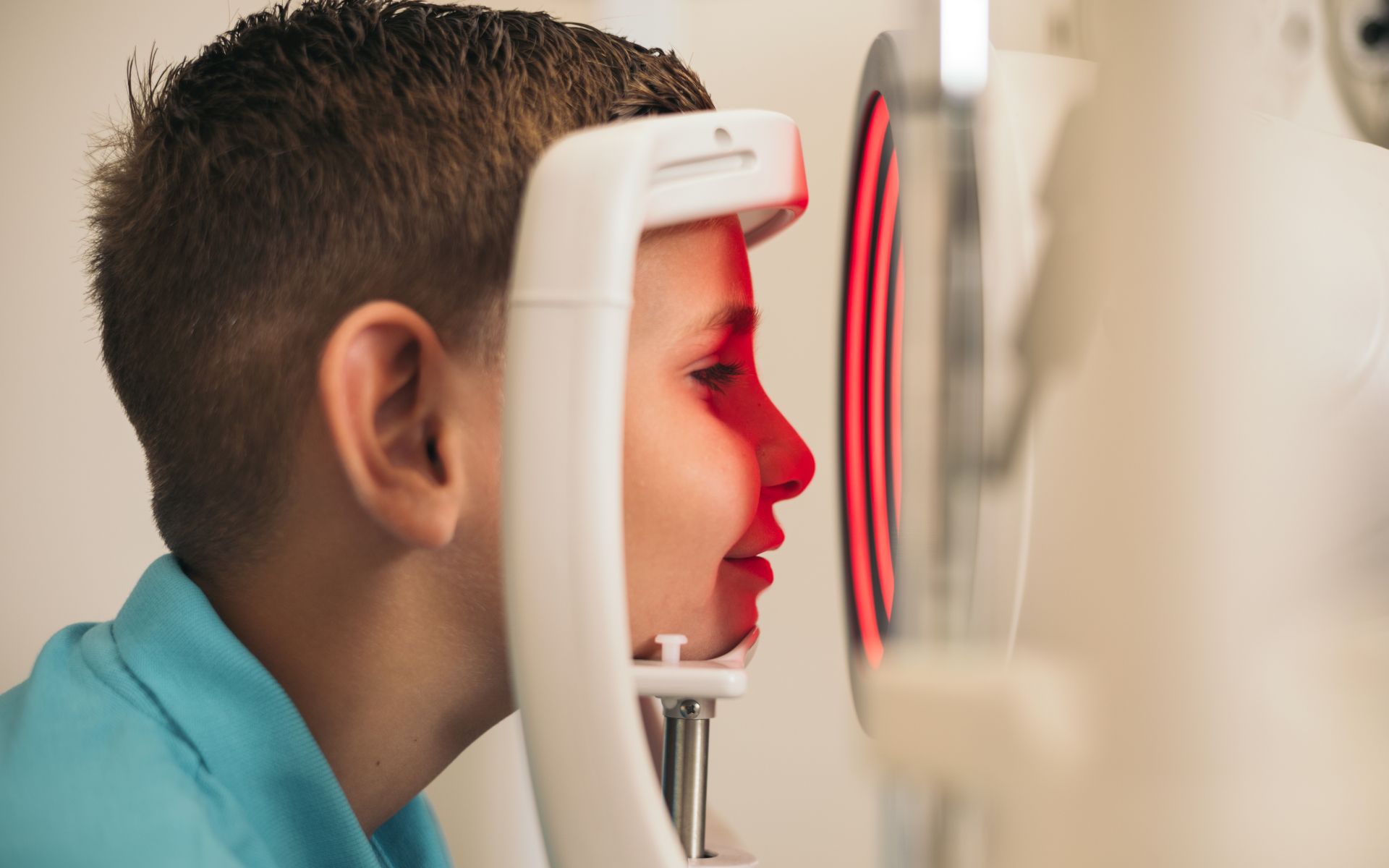
Tarr Eye & Vision Center offers the corneal mapping eye exam. Corneal topography is a non-invasive medical imaging technique for mapping the surface curvature of the cornea, the outer structure of the eye. Since the cornea is normally responsible for some 70% of the eye’s refractive power, its topography is of critical importance in determining the quality of vision.
The three-dimensional image can assist in the diagnosis and treatment of a number of conditions such as keratoconus; in planning refractive surgery such as LASIK and evaluation of its results; or in assessing the fit of contact lenses. A development of keratoscopy, corneal topography extends the measurement range from the four points a few millimeters apart that is offered by keratometry to a grid of thousands of points covering the entire cornea. The procedure is carried out in seconds and is completely painless.
Neurolenses can be customized for every patient – any or no prescription and any type of frame. This special eyeglass lens reduces the symptoms of hardworking eyes.
Here’s how they work: when we focus up close, the eyes work hard. In work and leisure, busy people are using their near vision more than ever, especially with digital devices. When focusing up close, the disparity between comfortable vision and required vision can cause painful symptoms.
isparity between comfortable vision and required vision can cause headaches, eye strain, neck and shoulder pain, dry eye, dizziness, and light sensitivity. Neurolenses correct the disparity to restore naturally comfortable vision.
“Research shows that over 90% of patients have significant misalignment, causing headaches, neck pain/stiffness, discomfort with computer use, tired eyes, dry eyes, dizziness/lightheadedness and light sensitivity.”
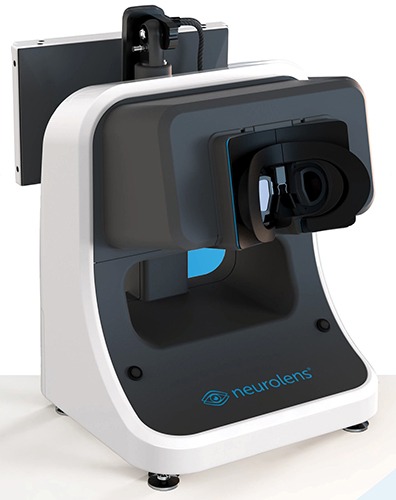
The Neurolens measurement is a new addition to your traditional eye examination at Tarr Eye & Vision Center.
To determine if a patient is a candidate for Neurolens, your eye doctor will use a breakthrough eye-tracking measurement device to accurately and objectively measure your degree of eye misalignment.
During the exam, patients focus on a single point while a dynamic display of rotating planets and stars activate peripheral and central vision to measure distance and near eye alignment.
The Neurolens measurement is performed in under 3 minutes.
